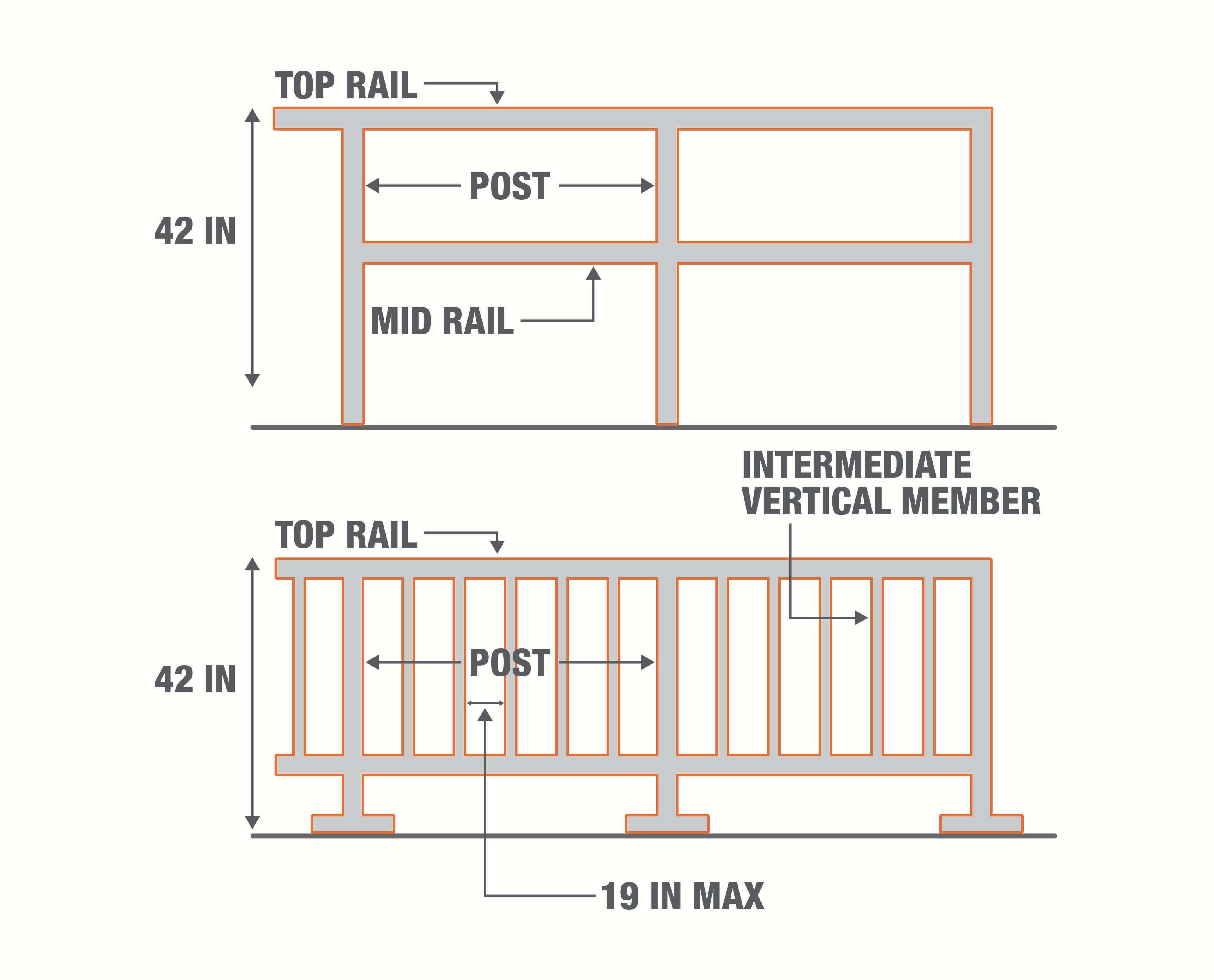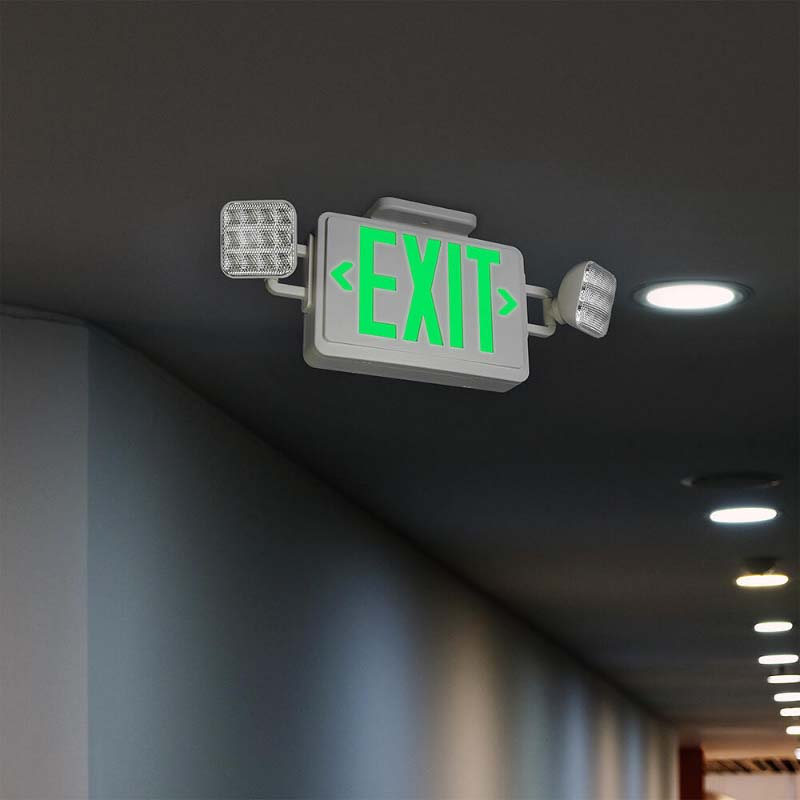Preventing Workplace Slips, Trips & Falls

Last updated August 12, 2024
Take every possible step at your workplace to prevent slips, trips and falls. Ensuring your employees’ safety can increase reduce disruptive accidents and increase productivity in the long run. Follow these safety tips to eliminate slips, trips, falls and related accidents.
Table of Contents
Slip, Trip & Fall Prevention
Trip Hazards
Fall Safety Tips
More Tools. More Products. More Perks.
Slip, Trip & Fall Prevention
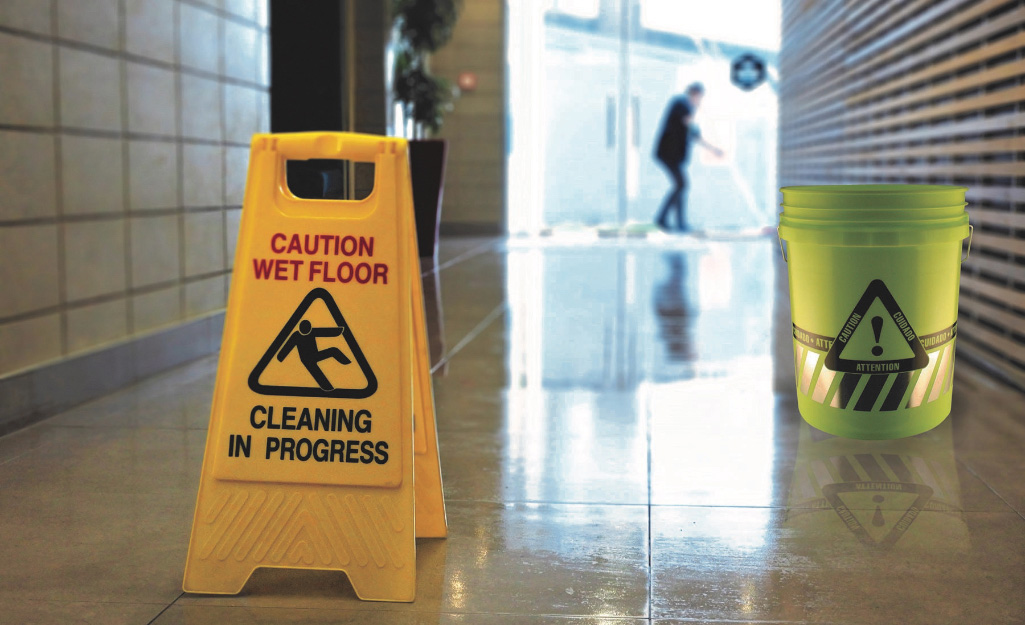
Preventing accidents is easiest when you keep the workplace clean, well-lit and organized. The most common causes of slips, trips and falls are disorganization or unresolved maintenance needs.
- Clean up spills immediately, and use proper wet floor signage.
- Keep all drawers closed and loose cords taped down.
- Ensure effective, uniform lighting and replace any dead bulbs.
- Keep walkways and stairs clear and unobstructed.
- Repair worn or uneven floors.
- Anchor all rugs, mats and carpet.
- Plan for inclement weather and clear snow from the job site.
- Encourage employees to walk at a reasonable pace, pay attention to their surroundings and wear the proper footwear for your work environment.
Pro Tip: Provide work lights or ask employees to carry flashlights when working in areas with low visibility.
Trip Hazards
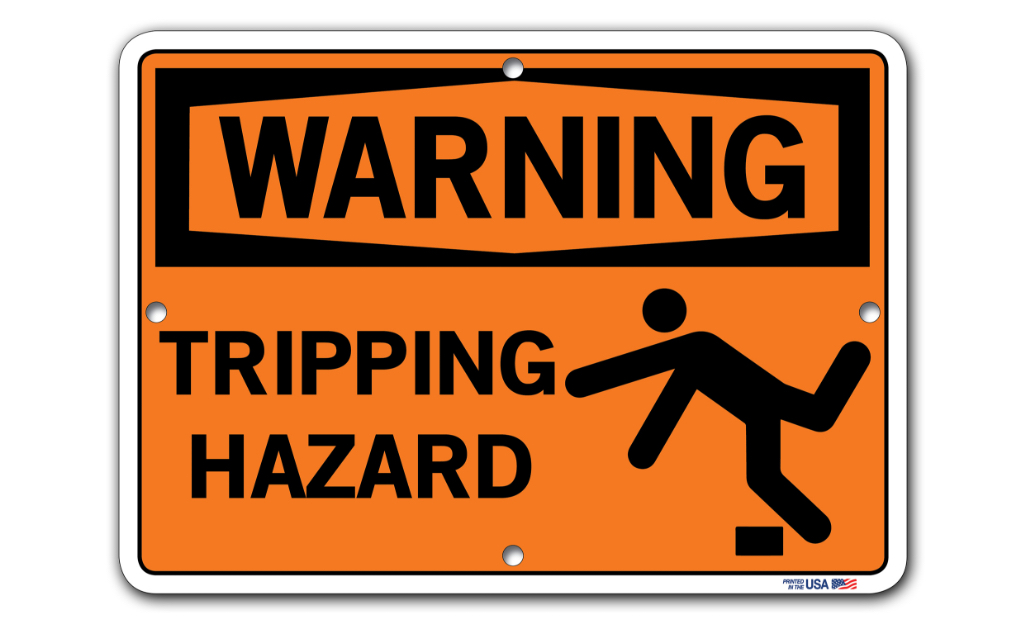
The most common trip and slip hazards include loose cords, uneven or irregular walkways, open cabinet drawers and unanchored rugs. Poor lighting, ice or snow, spills and damaged floors can also create job-site hazards.
Create a safer workplace and reduce OSHA tripping hazards by:
- Keeping walkways and storage rooms clean and orderly.
- Providing drains or dry standing places, such as mats, on wet floors.
- Using safety signs when cleaning floors.
- Clearing away snow outside the workplace.
- Fixing loose boards or corrosion.
- Ensuring all walking surfaces are structurally sound.
- Checking that employees have safe ways to enter and exit work areas.
- Addressing tripping hazards as soon as possible.
Employer assessments of slip, trip and fall hazards in the workplace should be documented with a written certification. In the case that PPE is required, it is the employer’s responsibility to see that personnel are outfitted accordingly.
Fall Safety Tips
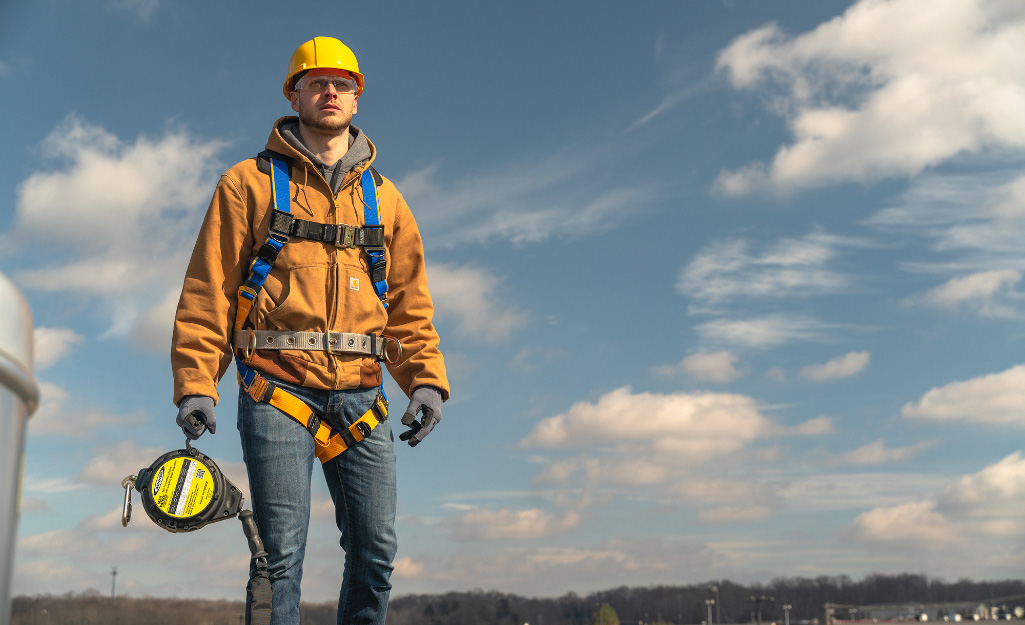
There are three types of falls in the workplace:
- Falls from a single working level are often caused by trips or slips. Handrails, cat walks and enclosed ladders can help.
- Falls to a lower level include falling from ladders, large equipment or elevated walkways. This type of fall is the cause of most serious workplace injuries. Employers should provide fall protection anywhere personnel could fall 4 feet or more.
- Swing falls are similar to falls to a lower level. These accidents occur when employees fall from a height while attached to a fall safety system. If the protective equipment is not set up properly, workers swing toward the attachment point and may collide with equipment.
Construction workers are at the greatest risk for falls on the job, but thousands of fall injuries occur each year in warehouses, offices and education facilities. Falls can happen anywhere, so practice fall safety in your workplace and assess potential hazards. Make sure workplace hazards are documented, the right PPE is provided and employees are properly trained to use equipment.
Encourage workplace safety with steps such as these:
- Place ladders on solid surfaces and be sure they open completely.
- Require staff keep two hands and one foot, or two feet and one hand, on the ladder at all times.
- Provide supports for a ladder or have a team member brace the bottom.
- Attach fall protection equipment directly overhead of workers to prevent swing falls.
- Encourage employees to wear slip-resistant shoes.
- Provide guardrails and handrails on stairs and elevated walking surfaces.
More Tools. More Products. More Perks.
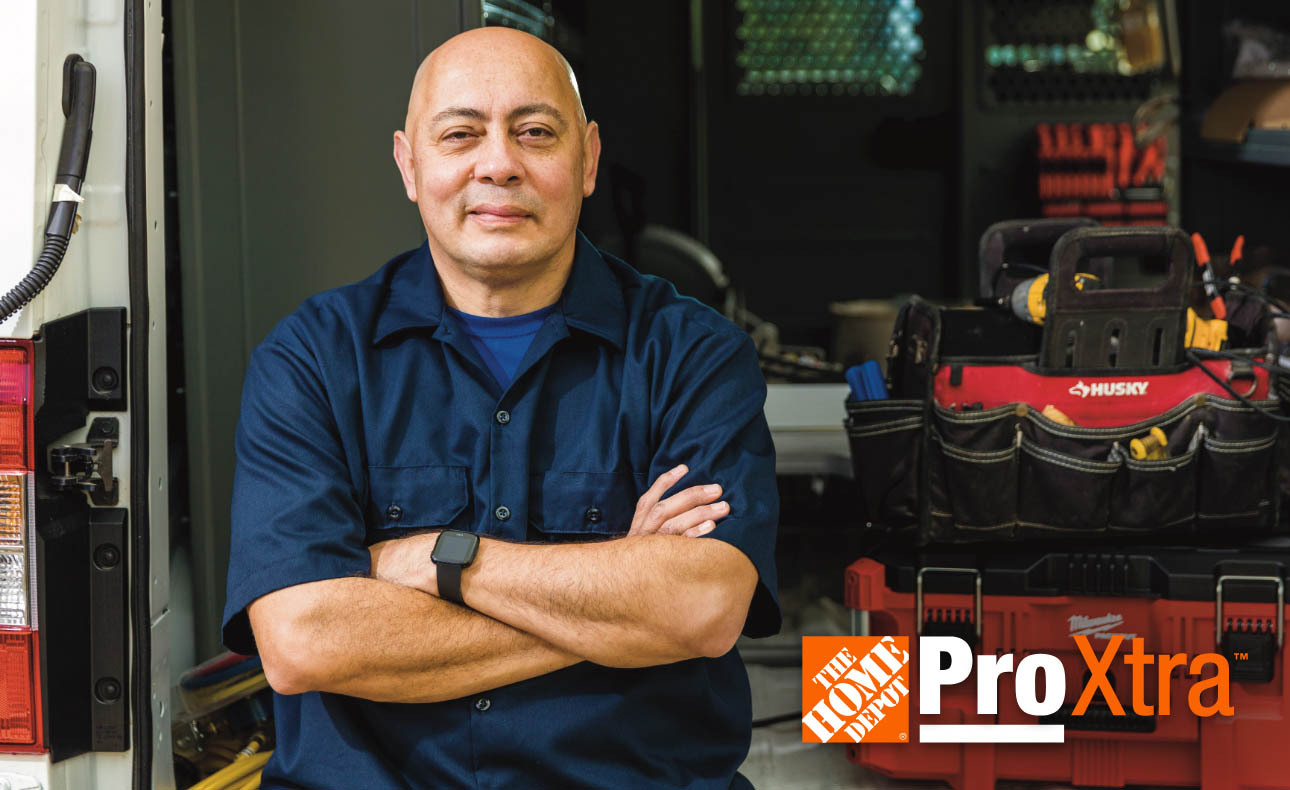
Be more competitive and boost your bottom line with Pro Xtra, The Home Depot’s loyalty program built for Pros. Sign up today to access the enhanced Pro Online Experience, built with the online business tools and time-saving features Pros need.
Create a quote before purchasing safety equipment using a free Pro Xtra account. Use quotes to review your purchasing needs and lock in pricing.
The information provided in this guide does not, and is not intended to, constitute legal advice; instead, all content is for informational purposes only. This guide does not create an attorney-client relationship between the reader and The Home Depot. You should consult your attorney to obtain advice with respect to any particular legal issue or problem.
United States Department of Labor, Occupational Safety & Health, “Walking-Working Surfaces 1910.22”. 2016.












